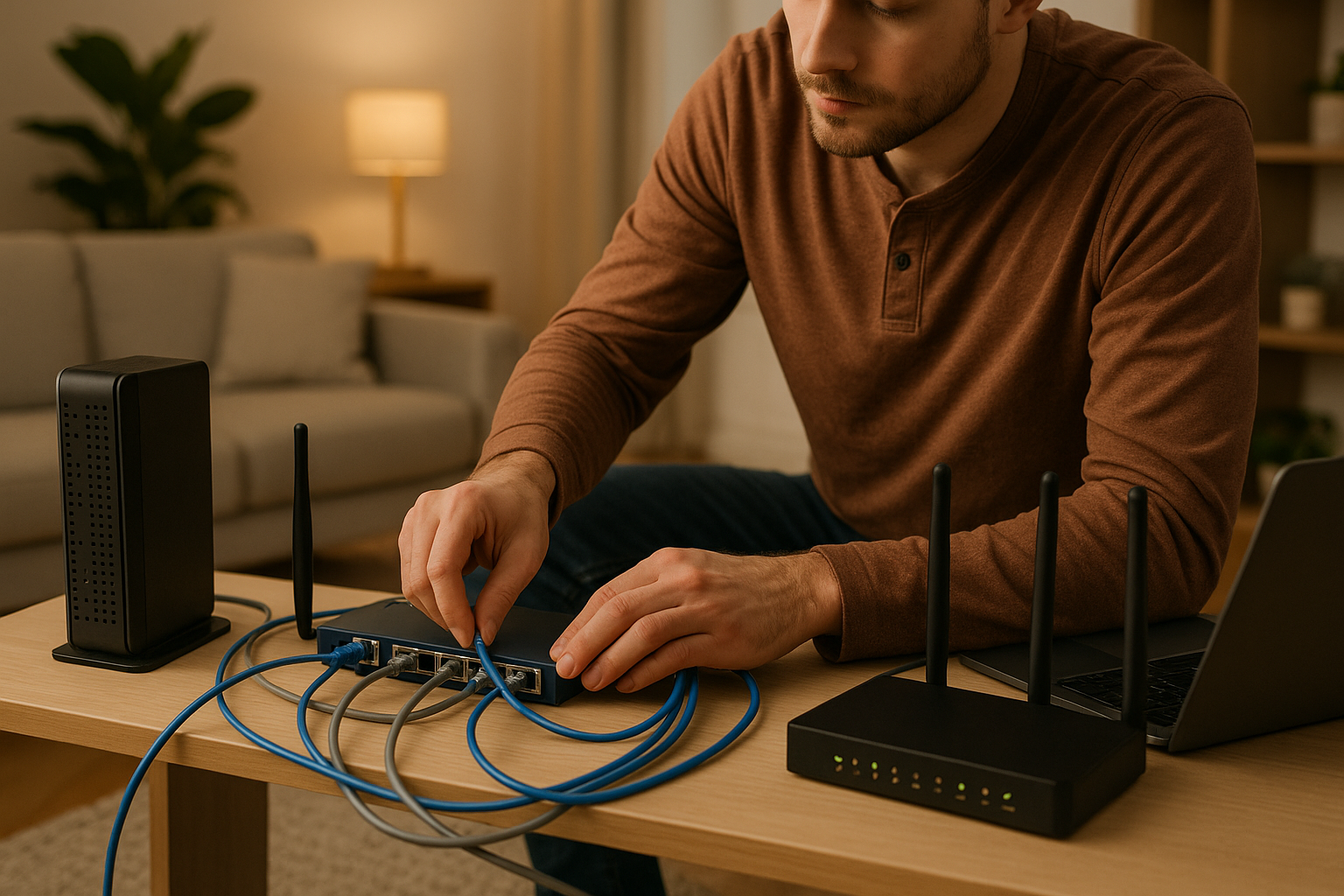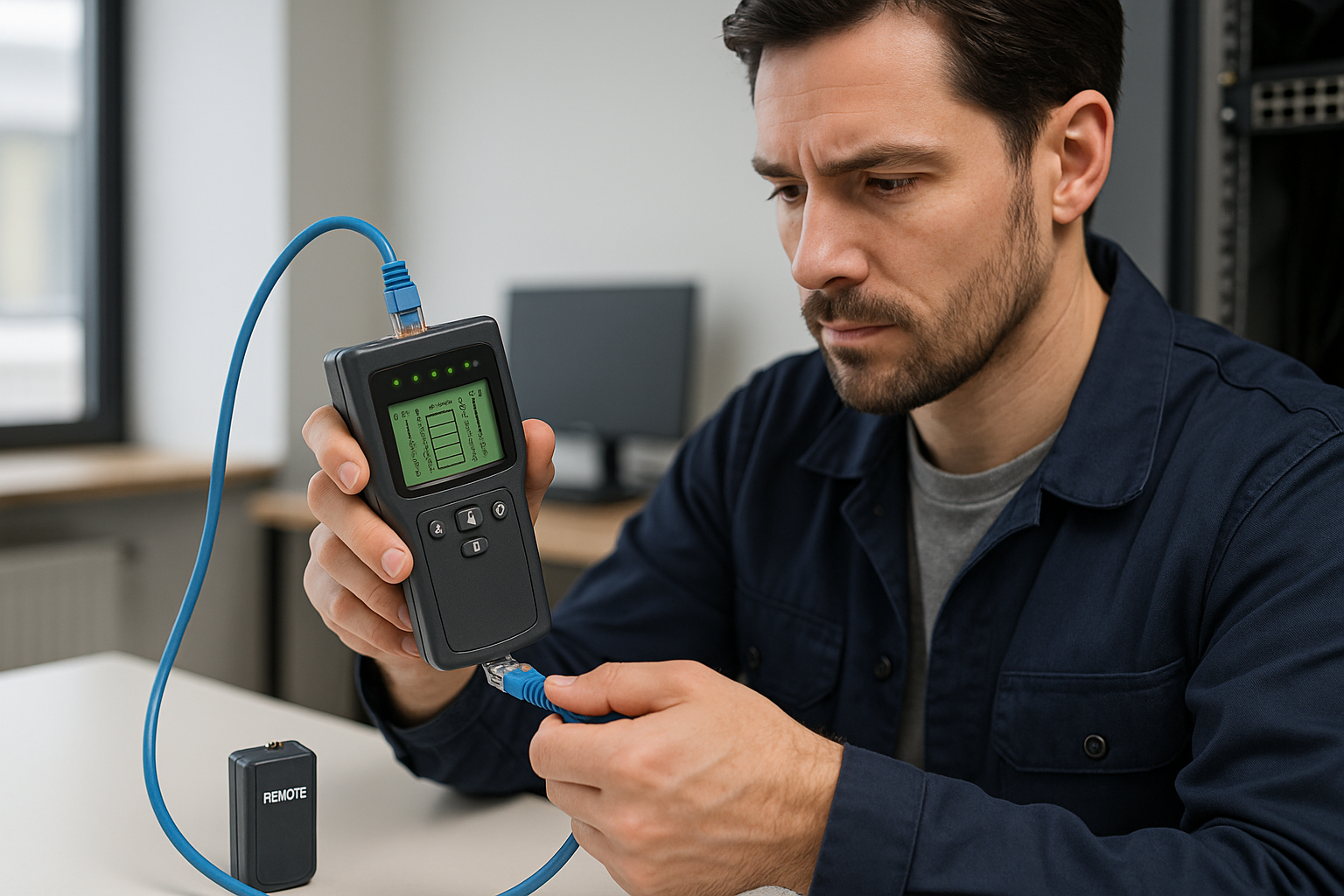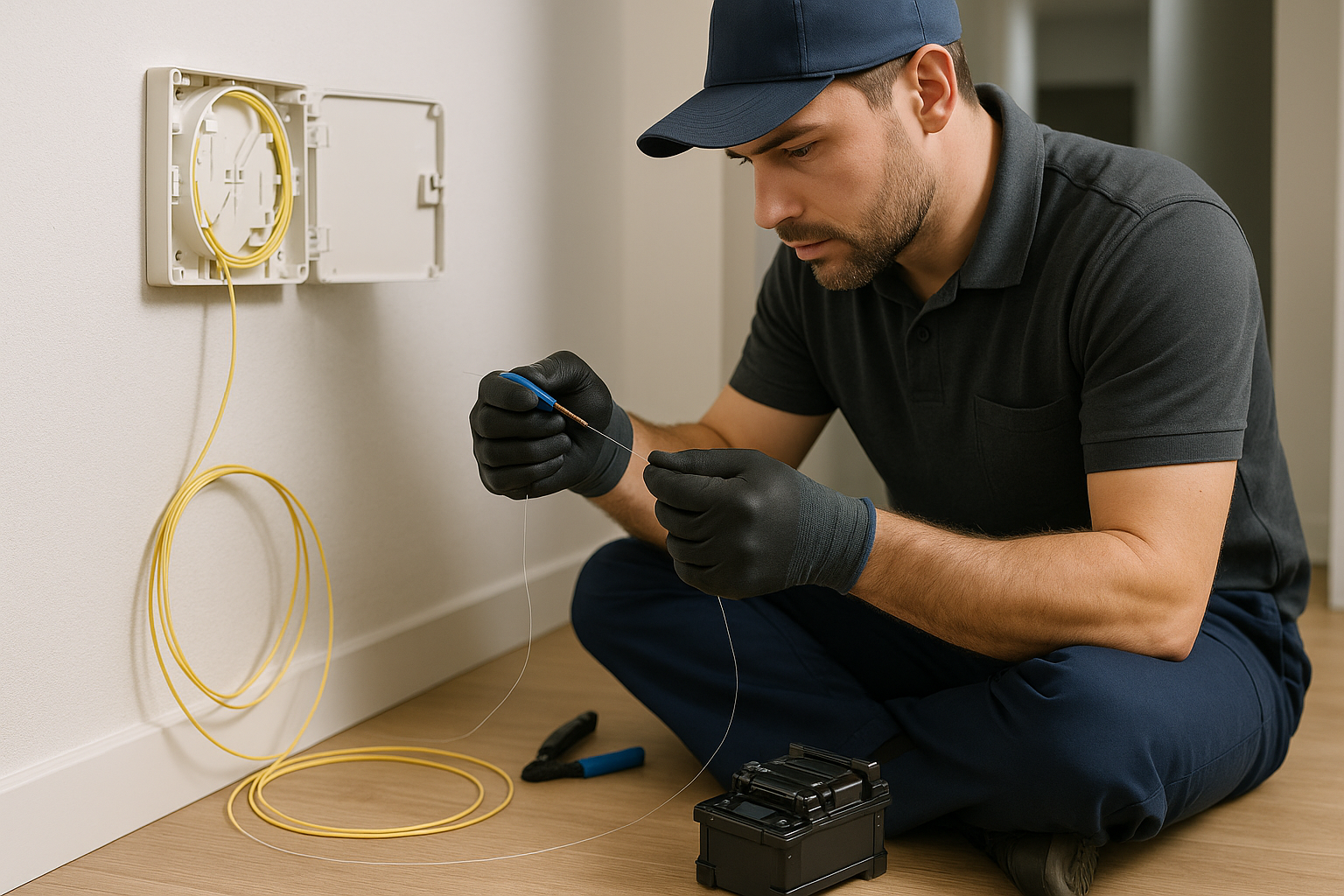What is the difference between Cat 5 and Cat 5e?
- , by Hannibal Tor Nielsen
- 3 min reading time

Network cables, also called internet or UTP cables, are cables with eight different cores. Generally, these cables are used for data communication. If your laptop or PC accesses the internet via a cord, this is probably a network cable.
Products that belong to this article:
[button] Cat5e cable [/button][button] Cat6 cable [/button]
Network cables, also called internet or UTP cables , are cables with eight different cores. Generally, these cables are used for data communication. If your laptop or PC accesses the internet via a cord, this is probably a network cable.
To understand the difference between a Cat5 and Cat5e cable, it is necessary to have some knowledge of data transfer. The two main variables that affect data transfer speed are: 1) throughput, measured in Megabits per second (Mbit/s), 2) bandwidth, measured in Megahertz (MHz).
As long as the number of megahertz (also referred to as frequency) of both cables is the same, the throughput speed in Mbit/s will indicate which cable is faster. The following applies: the more Mbit/s, the faster the cable.
The difference between the Cat5 and Cat5e cables is that the Cat5e has a significantly higher throughput speed, namely 1,000 Mbit/s . Also called 1 Gbit/s. This is 10 times faster than the throughput speed of the Cat5 cable at 100 Mbit/s , or 0.1 Gbit/s. Both cables have the same bandwidth of 100 MHz.
With the ever-increasing need for more and faster data processing, a speed of 1 Gbit/s is now the minimum requirement for interference-free data traffic. That is why the Cat5e cable is nowadays seen as the minimum cable required for a well-functioning network. That is why we only sell the Cat5e cable nowadays.
[button] Buy Cat5e cable [/button]
Should I use a Cat5 or Cat5e cable?
If you are unsure between a Cat5 or Cat5e cable, we advise you to go for the Cat5e cable. This cable currently offers the minimum necessary throughput speed for a (home) network. Another reason for this is that Cat5e cables are also "backwards compatible". This means that you can always upgrade a network that is wired with Cat5 with Cat5e. All systems that work with a Cat5 cable also work with a Cat5e cable.
By the way, the new standard for networks is the Cat6 cable . This cable offers 10x more speed and more bandwidth than the Cat5e cable.
[button] Buy Cat6 cable [/button]
A brief history of the Cat5 cable
Since 1985, nine different types of network cables have come onto the market. This started with Cat 1 and eventually continued up to Cat8. This means that Cat1 is not only the oldest, but also the least developed network cable.
The Cat5 cable was introduced in 1991 as the successor to the Cat3 cable. The Cat5e cable came onto the market as an upgrade of the Cat5 cable in 2001.
Over time, new versions appeared that were technically better and had better features than their predecessors. The biggest difference is that Cat1 cables can only transmit 2 Mbit/s, while the newest category of cable, Cat8, has a capacity of 40,000 Mbit/s. That's an increase of 20,000 times!
How do you connect a cat 5 or cat 5e cable?
You can easily connect a Cat5/Cat5e cable yourself to a so-called RJ-45 connector . This is a plastic plug into which you press the wires and then clamp the wires with a special crimping pliers . It is very important that you place the veins in the correct order. This order is as follows:
White/orange ��� orange ��� white/green ��� blue ��� white/blue ��� green ��� white/brown ��� brown
This is only relevant if you buy a cable without a connector. Most private individuals buy a cable with a connector. That is why we have a wide range of Cat5e cables with connectors . This makes connecting a cable a lot easier.
Also interesting to read
Tags
Related categories
Check out our other blogs
-

, by Jarno Heideman How do you easily set up a home network yourself?
-

, by Jarno Heideman What are the color codes of UTP cables and how do you use them correctly?
-

, by Jarno Heideman How do you test a UTP cable without making mistakes?
-

, by Jarno Heideman How do you connect fiber optic yourself without any hassle at home?



